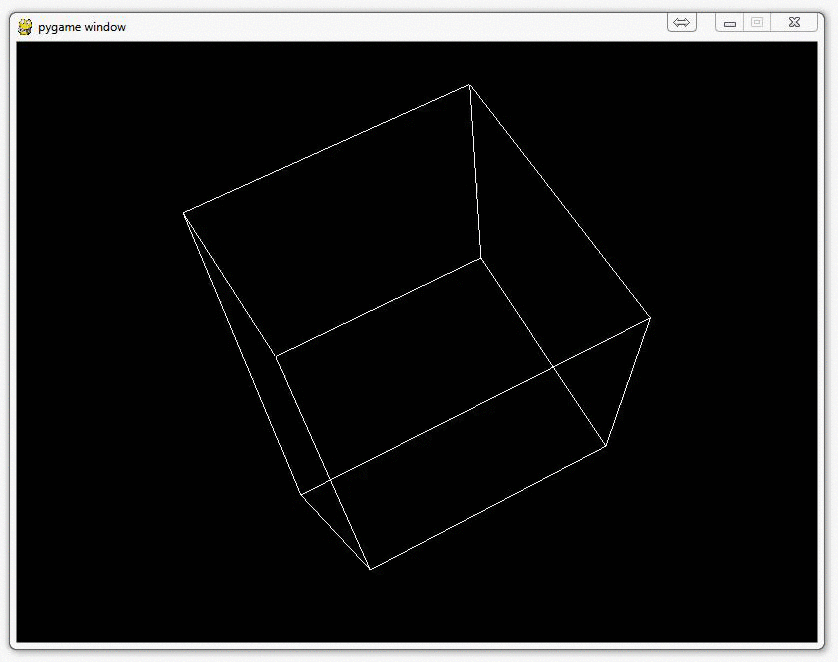Pygame_openGL(初)
該怎麼去用Python去繪圖一個3D世界呢,終於來到這一天用CODE繪製3D畫面
先照哥的code跑一遍
得到哥的畫面呢,假設實現minecraft創世神有可能嗎之類的
就開始找到目前為止的資料吧
初步構想呢我想為這個遊戲新增什麼東西呢
今天共新增了
這些在網路上超少,或許我對opengl關鍵字不夠熟悉關係,
不過還是可以透過其他語言控制opengl的code從其中找出關聯性
貼圖紋理和為這個世界加入音效,和顯示文字之類的東東
直接來上代碼吧
改裝後!用滾輪來調控速度
預計
徒手打造一個mmorpg,所以呢我們接下來我們可以來產生一個地面,讓腳色在cube行走,已經掌握貼圖後,我們可以再加入其他更多模型3dsmax骨架之類的,算了扯遠了,話說在座標還分很多種世界座標,視窗座標等等
終於了解數學不好不能寫遊戲惹,又不是說要編寫一個引擎(或許可能?!),光源阿之類的粒子特效,總而言之,有這個demo我們只要再加入碰撞效果,創建地圖的話我們就可以打造一個類似mmorpg,day1慢慢啃
是可能用
持續修練,爆肝QQ
參考
http://user.xmission.com/~nate/glut.html
https://github.com/stef/swram-opengl/blob/master/swram-opengl.py
https://stackoverflow.com/questions/46796459/how-to-install-glut-on-anaconda-on-windows
https://github.com/elisehuard/game-in-haskell/issues/1
https://blog.csdn.net/wangdingqiaoit/article/details/52506893




